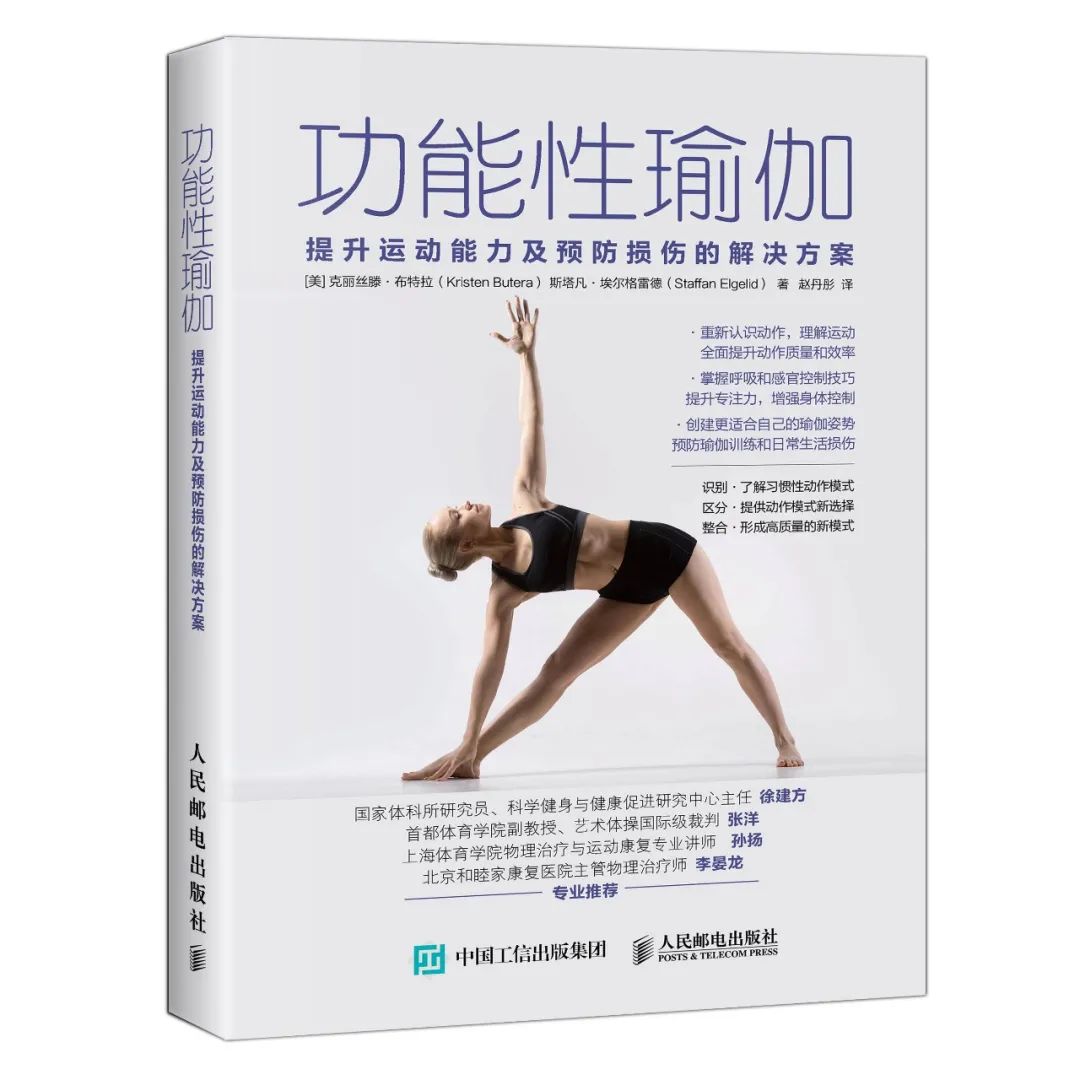For those unfamiliar with yoga, relaxation and meditation training may seem quite simple
. 
It seems that everyone who practices yoga is either sitting quietly (meditating) or taking a nap (relaxing)
. 
However, anyone who has tried both methods will tell you that it is much more complicated than it seems
. 
What’s the difference between relaxation and meditation? The simplest difference between the two is that relaxation is more focused on the body, while meditation tends to focus on the mind
. 
When practicing, think of breathing, relaxation and meditation as a continuous exercise
.
Breathing → relaxation → meditation, deep breathing begins the process of relaxation, and relaxation promotes the process of peace of mind
.
Let your mind calm down, witness and observe your thoughts and feelings without having to judge or act on them
.
This leads to a state of calm, emptiness of thoughts and feelings
.
The silence that followed formed the state of meditation
.
Ways to relax: ways to relax are also different
.
A combination of breathing, visualization and concentration can be used to help with relaxation training
.
Other techniques include body scanning, progressive muscle relaxation, spontaneous, affirmation, sound relaxation, and guided imagination
.
You can choose according to your personality and needs
.
The way to Meditate: just as there is no right way to do yoga postures, there is no right way to meditate
.
Meditation techniques are generally divided into six categories: breathing, visualization, chanting, praying, concentration and meditation inquiry
.
If you find that you can’t really relax or meditate, remember that simply lying down or sitting down and focusing on your heartbeat or natural breathing rhythm will slow you down and allow you to observe different aspects of your body, mind and spirit more slowly
.
Here is a group of relaxation and meditation postures for you to really relax and feel together! Tip cover your eyes with an eye mask or a small roll towel to reduce unnecessary irritation when relaxing
.
Supine into a fully supine position
.
For comfort, place a blanket or pillow under your knees and a rolled up blanket under your neck
.
Focus on a natural, slow, relaxed abdominal breathing
.
Hands palm down, on the body side lying, flexing the upper leg knee, leg support on the mat or blanket
.
If necessary, place a blanket roll, yoga tile or pillow leg under the head and cover the chair with a folded blanket
.
Lie on the floor, put your legs on the chair, simply cross your legs, legs straight in front of you
.
Bend the right knee and move the right foot to the left hip
.
Do the same with the left leg, moving the left foot to the right arm
.
When you’re sitting, keep your head, neck, spine, and pelvis aligned
.
Hands can be on the thighs, palms up or down
.
Heel to heel move the right heel to the groin
.
Put the left heel in the front right
.
During meditation, change the position of the front and back legs
.
Half lotus starts with a simple cross leg position, pulling the right foot into the crease of the left thigh and the left foot close to the right hip
.
During meditation, swap the upper and lower leg positions
.
It’s important to integrate breathing, relaxation and meditation training into your life
.
They may not be as compelling as Yoga itself, but they are an important part of the whole yoga experience
.
Without them, yoga postures are just exercises
.
With them, you can connect the ability to breathe, relax and use the power of the mind to the various intentions of yoga postures
.
Wishyouagoodlife.-
.


